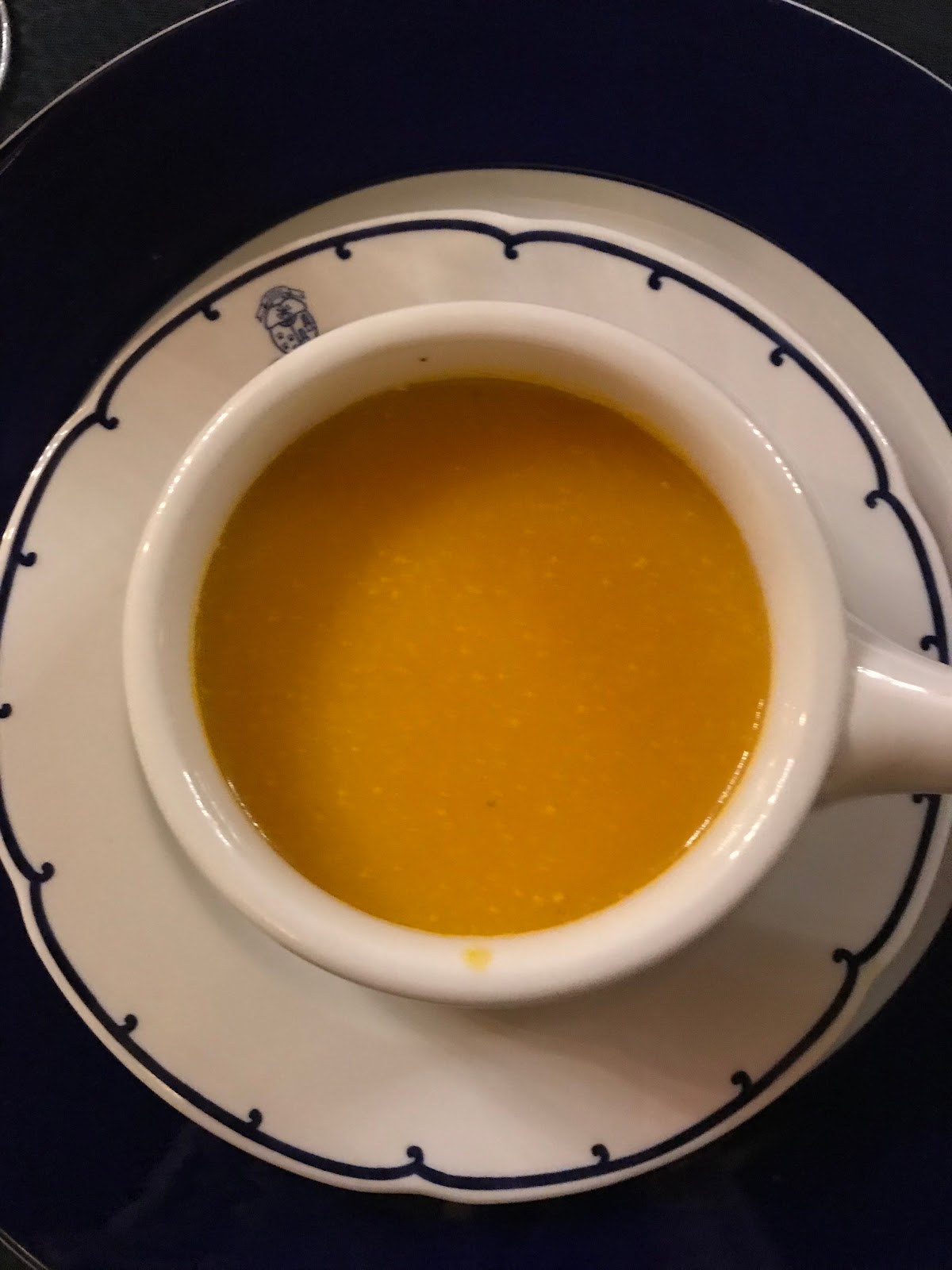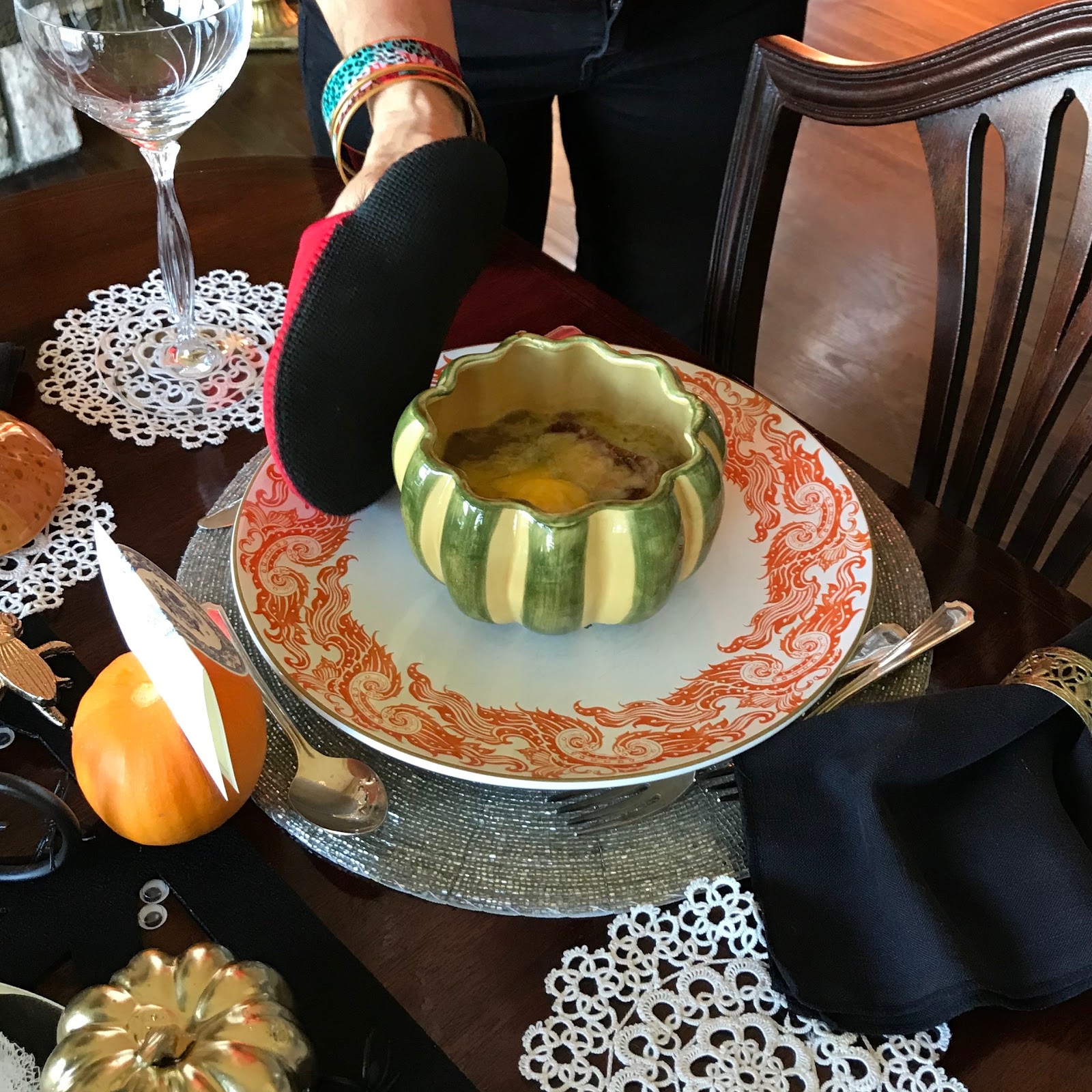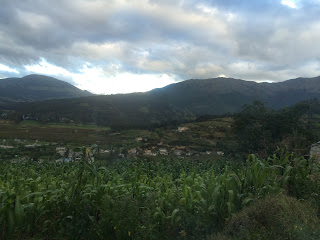Super Bowl? Or Souper Pass?
Celebrate National Soup Month at Bob Evans With Unlimited Soup Thru February with $15 Endless Soup PassSoup just may be THE perfect food. It’s good any time - but especially when it’s cold out and when the ingredients are garden-fresh and local.
How could soup get better? The nice folks at Bob Evans restaurants let me know about their Endless Soup promotion. How delightful!
I learned Bob Evans Restaurants is giving soup fanatics a great value this frigid winter to commemorate National Soup Month.
The restaurants are offering unlimited soup through the month of February with the purchase of a Bob Evans Endless Soup Pass for just $15.
With temperatures hitting record breaking lows across the country, there’s no better time to warm up with endless cups of Bob Evans classic soups, including Chicken-N-Noodles and Hearty Beef Vegetable.
The Endless Soup Pass will be available for purchase online at www.BobEvans.com beginning January 22, but don’t wait too long for this “Souper” hot deal – only a limited number of passes are available.
“From classic homestyle recipes, like Potato Cheddar, to savory seasonal favorites like Tomato Basil, we believe there’s no better comfort food than soup,” said Saeed Mohseni, president and CEO of Bob Evans Farms, Inc. “At Bob Evans, we’re known for providing quality, homestyle meals at a great value, which is why we are excited to offer guests the opportunity to enjoy endless soup during a particularly chilly winter for most of the country.”
Customers can purchase the Endless Soup Pass for only $15 at www.BobEvans.com/souppass from January 22–31 while supplies last to enjoy unlimited soup throughout the entire month of February. The offer is valid for dine-in services only.
I just returned from three weeks working the garden at Hacienda Cusin in Ecuador. Besides the garden glamour (see earlier posts and some to follow!) the dining room serves excellent soups at every lunch and dinner -- and always served from a tureen. Presentation matters…



 From kale to carrot - to avocado -- most soups are anchored with potato and then the main ingredients are whatever is fresh and ready to be harvested from the garden - just steps away.
From kale to carrot - to avocado -- most soups are anchored with potato and then the main ingredients are whatever is fresh and ready to be harvested from the garden - just steps away.
About Bob Evans Restaurants
Bob Evans Restaurants is a chain of family style restaurants founded and headquartered in Columbus, Ohio, which owns and operates 500+ family restaurants in 18 states, primarily in the Midwest, mid-Atlantic and Southeast regions of the United States. Bob Evans believed in treating strangers like friends and friends like family; and those principles are alive today at every Bob Evans Restaurant.
History
Bob Evans Farms got its start when our founder, Bob Evans, began making sausage on his southeastern Ohio farm to serve at a 12-stool diner he owned in nearby Gallipolis in 1948.
"We served a lot of breakfasts, but we couldn't get any decent sausage," Bob recalled. "So I decided to start making my own from hogs raised right on our farm, using all the best parts of the hog, including the hams and tenderloins." The restaurant drew many truck drivers who traveled through the region. "You might say the truck drivers did my research for me," Bob said. "They would tell me that this was the best sausage they ever had, and then buy 10-pound tubs to take home."
These good reports prompted Bob Evans to go into the sausage business. The building where he made the sausage was built with open ends, at the suggestion of his father, so it could be used as a machinery shed if the sausage business failed. But, it didn't fail. In 1953, a group of friends and family recognized the growing demand for Bob's sausage and became business partners by establishing Bob Evans Farms.
Farm Heritage Lives On
The farm in Rio Grande, Ohio where Bob Evans and his family once lived has evolved into a tourist destination with camping, hiking, concerts and other events throughout the year. The largest event is our Bob Evans Farm Festival. An annual signature event since 1971, Farm Festival attracts thousands of visitors and is held the second full weekend in October.
For more information and restaurant locations, also visit www.BobEvans.com.
Here’s one of my favorite homegrown soups I made for a recent luncheon - fresh onions from the garden - and lots of cheese!


Enjoy homegrown soup every day.
About Bob Evans Restaurants
Bob Evans Restaurants is a chain of family style restaurants founded and headquartered in Columbus, Ohio, which owns and operates 500+ family restaurants in 18 states, primarily in the Midwest, mid-Atlantic and Southeast regions of the United States. Bob Evans believed in treating strangers like friends and friends like family; and those principles are alive today at every Bob Evans Restaurant.
History
Bob Evans Farms got its start when our founder, Bob Evans, began making sausage on his southeastern Ohio farm to serve at a 12-stool diner he owned in nearby Gallipolis in 1948.
"We served a lot of breakfasts, but we couldn't get any decent sausage," Bob recalled. "So I decided to start making my own from hogs raised right on our farm, using all the best parts of the hog, including the hams and tenderloins." The restaurant drew many truck drivers who traveled through the region. "You might say the truck drivers did my research for me," Bob said. "They would tell me that this was the best sausage they ever had, and then buy 10-pound tubs to take home."
These good reports prompted Bob Evans to go into the sausage business. The building where he made the sausage was built with open ends, at the suggestion of his father, so it could be used as a machinery shed if the sausage business failed. But, it didn't fail. In 1953, a group of friends and family recognized the growing demand for Bob's sausage and became business partners by establishing Bob Evans Farms.
Farm Heritage Lives On
The farm in Rio Grande, Ohio where Bob Evans and his family once lived has evolved into a tourist destination with camping, hiking, concerts and other events throughout the year. The largest event is our Bob Evans Farm Festival. An annual signature event since 1971, Farm Festival attracts thousands of visitors and is held the second full weekend in October.
For more information and restaurant locations, also visit www.BobEvans.com.
Here’s one of my favorite homegrown soups I made for a recent luncheon - fresh onions from the garden - and lots of cheese!
Enjoy homegrown soup every day.






















